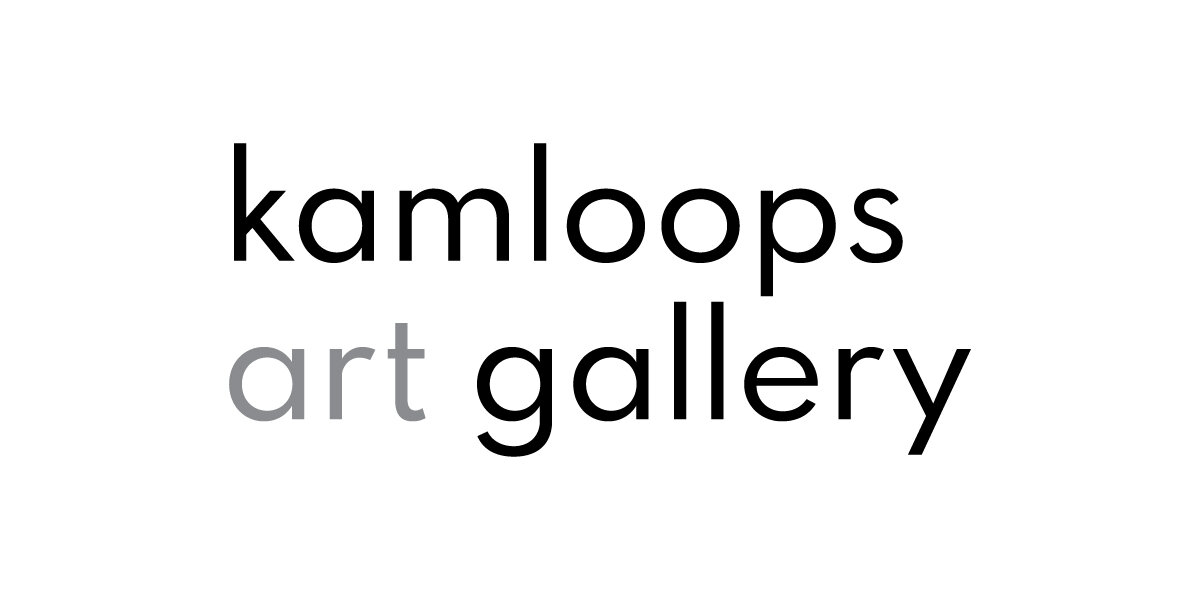Fundamentals of Drawing
Fundamentals of Drawing > Lesson Plan
Teaching ideas > The Elements of Art contributed by Michele Papageorghiou
The list below contains activities which will develop children’s knowledge and understanding of the different visual and tactile elements of Art (line, tone, colour, space, shape, pattern and texture):
Line
Children can look at an object and draw its outline. Initially they can only observe the object and then draw it without looking at the paper.
Next, they can try drawing the object only using a single line without any breaks in it.
They could also try using different media (charcoal, fine line pens, pencils)
Tone
Children can draw an object using black, white and grey pastels (or paint) on coloured paper.
Look at black and white photographs to see how tone is used.
Colour
Using the 3 primary colours (blue, red and yellow), create a chart showing which colours can be made by mixing the colours. Make notes on the chart to explain how each colour was made. Then, look at how colour is affected by the one next to it, e.g. a red looks redder next to a green than it does next to an orange.
Space
Look at colour to see how it can give a sense of space. For example, often the sky gets bluer and trees get greener as they recede (colour perspective). Be aware of the size of the paper in relation to the drawing.
Shape
Look at Dali and see how he has changed the shape of regular objects such as clocks and distorted them, or created another image from the form of another. He also puts obscure objects together in his paintings.
Use viewfinders to isolate particular aspects of the subject.
Pattern
Look at William Morris wallpaper (or wallpaper books in the studio).
Experiment with repetition of lines, shapes, tones or colours.
Printing – on paper, cloth or Tee shirts using string patterns on card as stamps.
Texture
Set up a still life with different textures (e.g. soft fur, shiny metallic tins and rough textured bark). Ask the children to find an equivalent for these surfaces with their mark-making.
e of Esther Shalev-Gerz and will work to visually depict the subtleties in the stories they have collected. Students will fill in gaps or spaces in the interview content with their own knowledge/experience and/or additional research.
Theory:
Students will (notes taken from BC curriculum PLOs):
-interpret speaker’s verbal and non-verbal messages, purposes and perspectives
-begin to identify contradictions, ambiguities, bias and a shift in opinion
-identify what is not included
-create a combination of informational, personal and imaginative writing
-understand perspectives of others
-make connections between texts and personal experiences
-use a variety of image sources to create images
-draft and refine ideas related to fields other than visual arts, using various image development strategies
-create images that will respond to historical and contemporary images and issues
-select and summarize information from primary, secondary and non-print sources
- assess how identity is shaped by a variety of factors, including family, gender, belief systems, ethnicity and nationality
-analyze roles of organisms as part of interconnectedness, food webs, populations, communities and ecosystem
Creation:
Students will begin by interviewing a selected subject and recording the stories or information from the interview. They will make choices about which information they will use in their drawings. Using drawing media, students will create a series of two-dimensional narrative images in the form of a comic strip (or another sequential graphic format) based directly on the content collected in their interview process.
Analysis:
In group discussion, students will address key concepts connected to Esther Shalev-Gerz’s exhibition
White-Out: Between Telling and Listening. Investigating the development of individual and collective memory, the interplay and overlap between fiction and reality and the nature of storytelling.
Cross Curriculum Links: “Visual arts,” “Social Studies” “English Language Arts” “Drama” and “Science”
Duration:
Research /Interview session: 1 hour session
Drawing sessions: two hour long sessions
Look & Discuss:
- Explore other narrative artworks from art history, such as the Bayeux Tapestry.
-Ask students to discuss the perspective from which the story is told. Who is telling the story, who is featured in the story?
-Select a character in the imagery that is not the main character. Think about the story/history of this character. Why do you think they have been left out of the primary narrative? Why do you think another character is feature more prominently?
-Discuss with students other narrative formats they have used or have seen used.
-history of storytelling though serialized imagery
-how is this way of telling different than other historical texts you have read (ie. School textbooks, educational videos, lectures, book etc.)?
-have a discussion about review sources and assessing reliability. How do we decide we can trust one resource and not another?
-did you let your reader know when you altered the content or added it? Why or why not?
-ask students to describe and share their interviewing process with the class. What did you notice? How did the person tell the story? Did the storyteller layout a chronology? Were there gaps or space in the telling? Could they remember everything easily?
Materials:
White cartridge paper/drawing paper
Questionnaire (see suitcase contents)
Pencils/pens/coloured pencils/ markers
Preparation Tasks:
-give students access to research resources, both print and non-print sources
-ask students to review comics they are familiar with
-refresh students on the processes of research
Create
Take it Further:
Students as a class could compile content into a larger book of collected histories of the Thompson Rivers.
